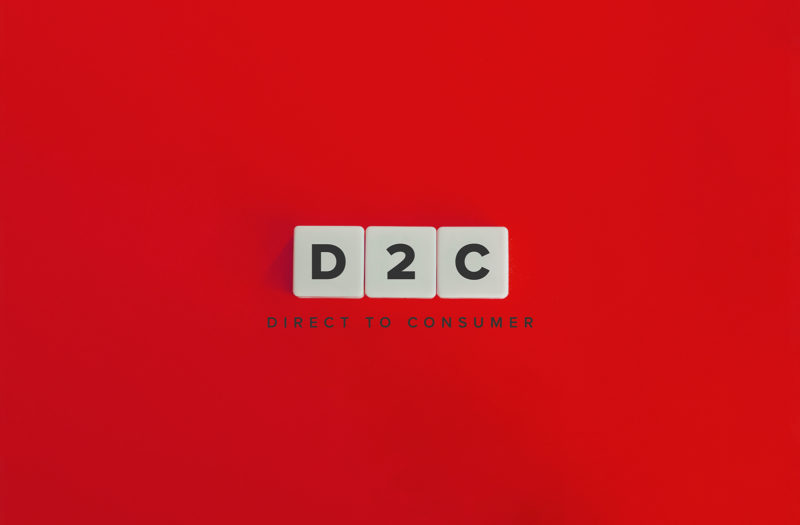Within direct-to-consumer marketing, there’s a constant battle between brand identity and ad performance. One side is trying to build a long-term brand, and the other is trying to close the sale. Both are vital of course! But if you focus too much on the latter and neglect the former, the messaging will begin to diverge, harming your brand and performance in the long term – and nobody wins that battle!
So how does this happen?
One way is that you or your marketing team hasn’t taken the time to absorb the brand identity and consider how that brand is best delivered in the sales funnel. Making decisions to sell your product without fully considering the brand identity can potentially create short-term gains, but they won’t last, because brands matter, now maybe more than ever! With new products able to enter the D to C market and target your consumers easier than ever, you better have a strong brand that consumers recognize and respect.
No matter how it happens, scoring short-term conversions at the cost of long-term brand credibility isn’t worth it.
Even if you’ve held true to branding before starting a campaign, it’s possible that, over the course of many campaigns, you’ve made small changes here and there to score short-term conversions – which, over time, can cause the messaging to diverge from the brand guidelines. We like to call this “optimization creep,” and it can result in erosion of your brand identity.
This can especially be an issue when you are promoting a sub-brand that has to level up to a main brand. For instance, NBA League Pass, the NBA’s streaming product, is a sub-brand to the NBA itself. You can’t market League Pass without keeping the NBA’s brand identity sacrosanct. While working to convey the specific offer and value proposition of League Pass, failing to follow NBA brand guidelines could ultimately hurt the entire brand, even if it creates some short-term subscription success.
No matter how it happens, scoring short-term conversions at the cost of long-term brand credibility isn’t worth it.
So how do you avoid this fate?
Step 1: Branding: Understand the Big Picture
Prior to creative production (and at the start of each campaign), make sure you and your marketing team deeply understand the big picture of your brand. Make sure the following points are shared, understood and reviewed:
- What is your brand’s mission statement?
- Who is your target audience?
- What’s the tone of voice?
- What are your high-level messaging principles – i.e., what is the crux of your overarching message?
- What are the visual guidelines that define your brand?
Step 2: Positioning: Define Your Offer
Additionally, at the start of (and throughout) each campaign, consider and review these points.
- What are you selling?
- Who is your target audience?
- What is your objective? What are the short- and long-term results you’re looking for?
- How are you selling the product? I.e., what’s your value proposition?
- Do the copy and visuals satisfy your objective, and do they also align with your visual brand guidelines?
Step 3: Does your positioning match your brand messaging?
Look at your answers to Steps 1 and 2, and make sure they align.
Step 4: Trust the process.
Knee-jerk reactions or rash creative changes can eventually lead to diverging strategies, but when you properly apply branding into the sales funnel, it drives the best results. Always run all creative updates and optimizations through your branding guidelines and positioning strategy, and don’t stray. Because when brand and performance get along peacefully, everybody wins.

